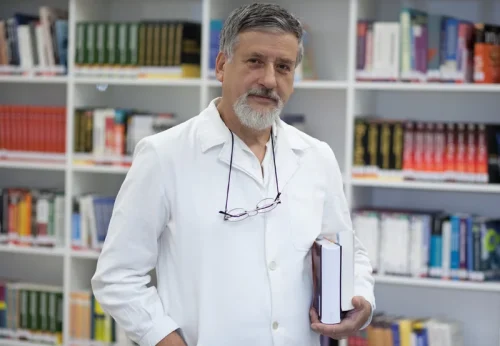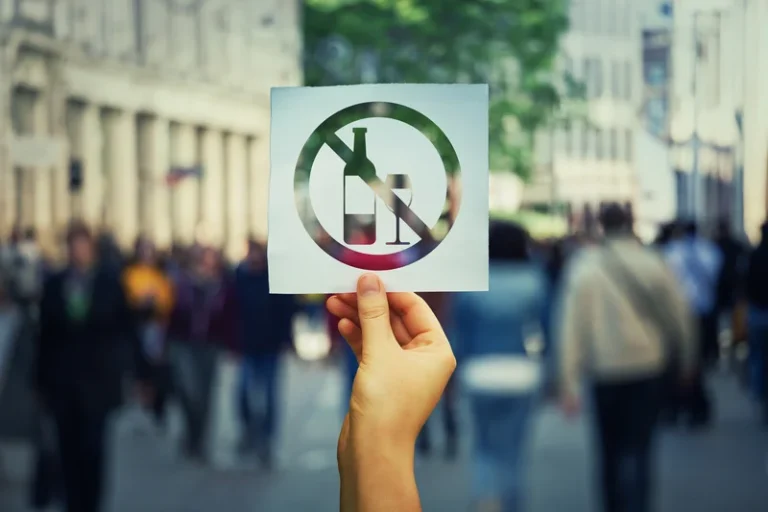
The 5-HT2A receptor was then immunoprecipitated from the frontal cortex of both WT and β-arrestin-2 KO mice after drug treatment. A dose of 5-HTP in WT are psychedelics addictive that stimulates Akt phosphorylation in the cortex revealed a depletion of protein PSD-95 from the complex and recruitment of β-arrestin-2, Src, and Akt. In the cortex of β-arrestin-2 KO mice, however, no depletion of PSD-95 or recruitment of Src or Akt was observed in response to 5-HTP. After 5-MeO-DMT treatment, no recruitment of β-arrestin-2, Src, or Akt to the 5-HT2A receptor occurred in either genotype.
- While psychedelics are not considered neurotoxic, meaning they do not cause direct damage to brain cells, repeated use can lead to changes in brain function over time.
- Carhart-Harris et al. propose that increased DMN-TPN coupling in the presence of preserved thalamocortical connectivity is related to a state in which arousal is preserved but the distinction between inner thought and external focus becomes blurred.
- Based on a synthesis of the available literature, the most robust evidence for the use of psychedelics in the treatment of SUDs is for the therapeutic use of LSD and ketamine in the treatment of alcohol use disorder.
MDMA
These high binding to uptake ratios were taken to support the hypothesis that the studied tryptamines were transporter substrates, rather than uptake blockers. The authors suggest that as substrates they might be accumulated within neurons and perhaps function as releasable transmitters. Another possibility, not considered by the investigators, is that these tryptamines might be taken up into serotonin neuron terminals and might displace stored intraneuronal serotonin, in a mechanism similar to a 5-HT releasing agent such as MDMA. The release of stored serotonin would enhance synaptic levels of 5-HT, potentially adding an additional component to the pharmacology of certain tryptamines. Two weeks after ending the 3-month 0.16 mg/kg LSD treatment, rats had significantly elevated locomotor activity compared with saline-injected controls, which was not blocked by M but was blocked by haloperidol and olanzapine.
- Psychedelics have long been intertwined with various social and cultural movements, influencing and being influenced by the communities and practices in which they are used.
- The highest 5-HT2A receptor expression and cellular activation was seen in these cells, which were identified as claustral cells, in which nearly one-half of the neurons were directly activated by DOI.
- For example, Espiard et al. (2005) reported HPPD in an 18-year-old man after mixed intoxication with psilocybin and cannabis.
- This suppressant effect by phenethylamine psychedelics is thought to occur through an indirect GABA-mediated mechanism (Liu et al., 2000; Martín-Ruiz et al., 2001).
What is psilocybin?
The altered states induced by psychedelics can drive repetitive use, heightened cravings, and increased tolerance to the drug, among other detrimental experiences. While less common than dependencies like alcohol or opioid addiction, psychedelic addiction can still significantly impact your quality of life. However, scientists are now looking into the possibility of using certain hallucinogens as provider-supervised treatments for mental health conditions, including depression and anxiety. Individuals who have co-occurring disorders (a psychological disorder like depression or bipolar disorder alongside chronic use of psychedelic drugs) appear to be at risk for this disorder.
Psychedelic and Dissociative Drugs
Daily treatment with the highly selective 5-HT2A antagonist MDL11939 surprisingly increased 5-HT2A receptor density by 60%, with no effect on 5-HT2C receptor levels. DOI-elicited head bobs were decreased by prior chronic treatment with DOI, LSD, or BOL, whereas DOI-induced head bobs increased after chronic treatment with MDL11939, consistent with the idea that head bob behavior in rabbits is mediated by the 5-HT2A receptor. Dougherty and Aloyo (2011) examined mouse HTR responding after chronic DOI administration or the selective 5-HT2A antagonist MDL11939. Mice were administered 1 mg/kg DOI every day for 8 days, or 2.95 mg/kg MDL11939 daily for either 4 or 8 days. Twenty-four hours after the last treatment, mice were challenged with 0.75 mg/kg DOI, and HTR behavior was scored.
Risks And Side Effects of Psychedelic Therapies
This action is presumably due to a presynaptic effect on glutamate neurons, in which mGlu2/3 agonists suppress glutamate release and antagonists block the presynaptic autoreceptor agonist effect of endogenously released glutamate (Conn and Pin, 1997). For a long time, it was assumed that PI hydrolysis signaling was most relevant for the action of psychedelics, but this hypothesis has certain problems. To begin with, LSD has very low efficacy in activating PI turnover (Sanders-Bush et al., 1988; Egan et al., 1998).
- Celada et al. (2008) extended their earlier approach by showing the effect of DOI on burst firing and LFPs, in which firing rate was increased by DOI.
- The concern with mixing SSRIs and psychedelics is not about negative results, but potentially reduced affectiveness.
- For many people, psychedelics serve as a tool for self-discovery, allowing them to explore the depths of their consciousness in ways that are not possible in their regular state of mind.
- A 2024 meta-analysis including 79 studies showed that about 15% of people who stop using antidepressants experience discontinuation symptoms.

Some serotonergic hallucinogens are present in nature, including psilocybin, a compound in mushrooms of the genus Psilocybe, or N,N-dimethyltryptamine, a compound in the botanical beverage ayahuasca. As the field advances, understanding the mechanisms, risks, and ethical implications of psychedelic-assisted therapy will be critical in determining its place in psychiatric care. Barber and colleagues describe a similar case of a mixed manic episode and later prolonged severe depression after back-to-back psilocybin.

- Studies have shown that tolerance to LSD also translates to tolerance for psilocybin and mescaline.
- Their new analyses were prompted by a view that more sensitive and specific indices might help to develop a better understanding of the neurobiology of conscious states, and specifically that measures that include variance over time might be especially informative.
- They provide a reassuring presence even before the drug is administered, during the time it is active, and after the effects have worn off.
- Peyote (Lophophora williamsii) is a small cactus native to the American Southwest and Northern Mexico that has been used for millennia and is consumed as a sacrament during services of the Native American Church.
Not all retreats or ceremonies are led by experienced or qualified facilitators, and there have been reports of exploitation, abuse, or unsafe practices in some settings. Individuals seeking these experiences should do thorough research and approach psychedelic tourism with caution, ensuring that the facilitators are reputable and that the setting is safe and respectful of the substances and the cultures from which they originate. The appeal of psychedelic tourism lies in the promise of a transformative experience in a culturally rich and often exotic setting. Many individuals are drawn to these retreats to gain spiritual insights, heal from trauma, or experience something new and profound.
Hallucinogen use disorder
However, the widespread use of psychedelics also led to public concerns about their safety, particularly in the wake of reports of bad trips, psychotic episodes, and dangerous behavior among users. This guide aims to provide a comprehensive overview of psychedelic addiction, shedding light on the psychological and social dimensions of dependency. By examining the characteristics of common psychedelics, the allure of their effects, and the potential consequences of misuse, we can better understand the challenges of psychedelic addiction and the importance of responsible use. Regulatory and legal hurdles of getting psychedelic medicines proven as mainstream medicines are still substantial, so overcoming historic misperceptions is vital. The past decade has seen an increasing focus on research on the therapeutic applications of psychedelics – a direct benefit for the public, which is positively represented in current media (Aday et al., 2019). A recent YouGov study (2017) indicates that public perceptions in the United States becoming more positive, with the majority (63%) being open to medical treatment with psychedelics if faced with a pertinent medical condition, and a UK YouGov survey (2021) corroborates these results.

There are a variety of conditions that can be treated with psychedelic therapies in clinical trials or at heroin addiction ketamine treatment centers. Still, these therapies are typically used in the treatment of PTSD, treatment-resistant depression, addiction, and other mental health disorders. Most clinical trials for psilocybin and other illegal psychedelics require a person to be at least 18 years of age, and ketamine therapy can be administered to individuals as young as 13. Unlike stimulants, opioids, and alcohol, psychedelics do not create physical dependence or trigger the same compulsive drug-seeking behaviors seen in addictive substances. This has been corroborated by studies in both humans and animals, where psychedelics show minimal reinforcing effects, meaning users are unlikely to develop cravings or physical withdrawal symptoms.
